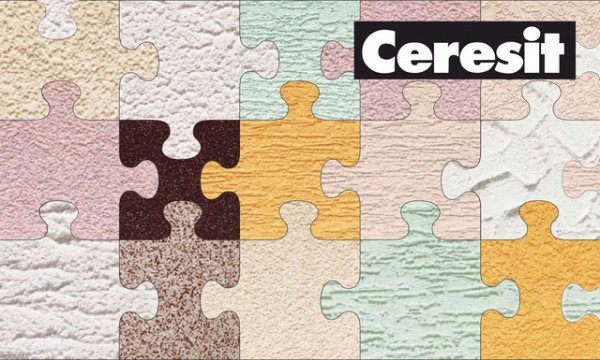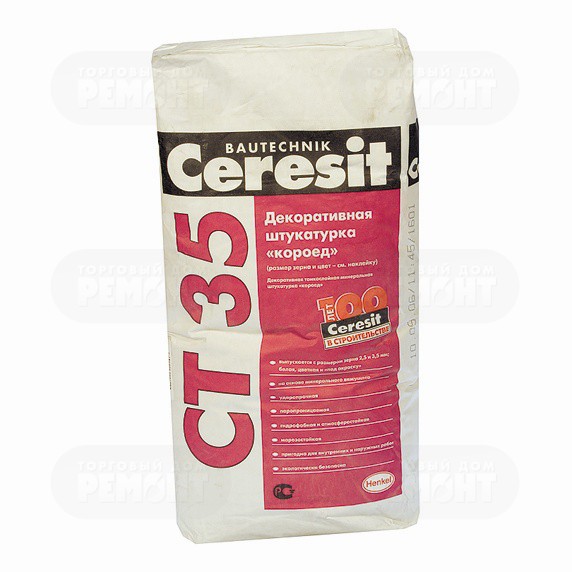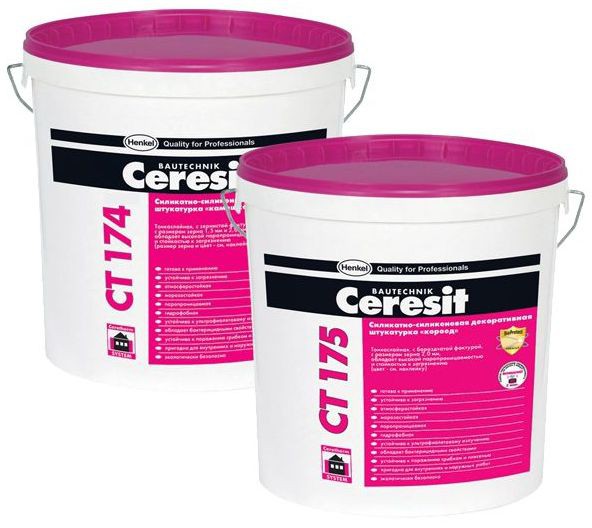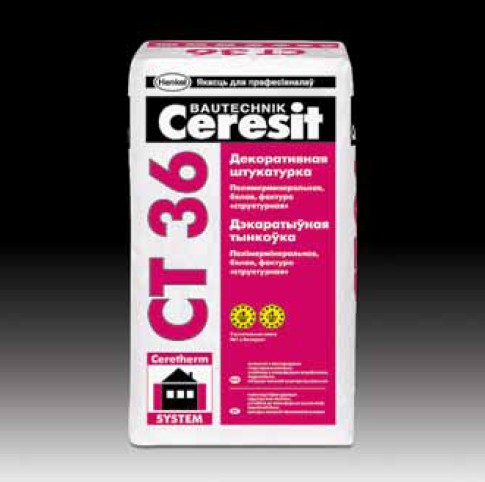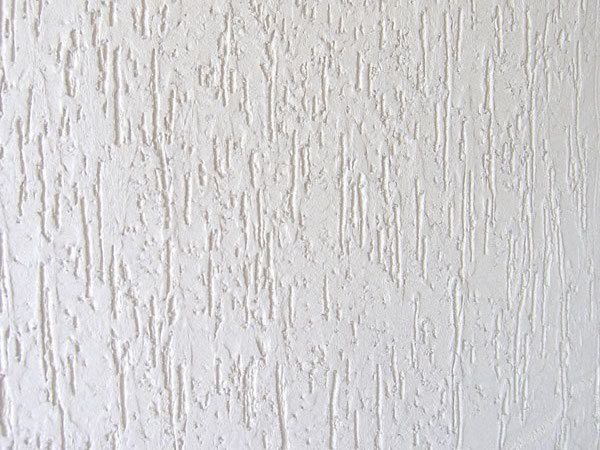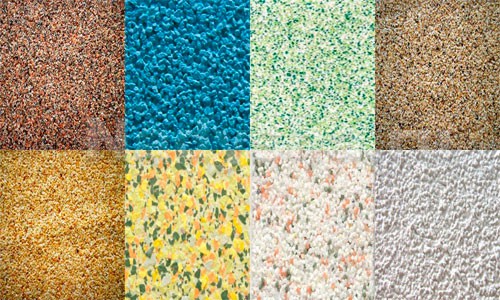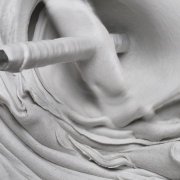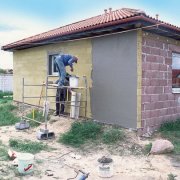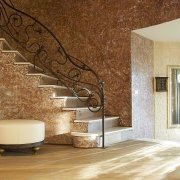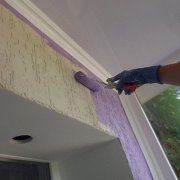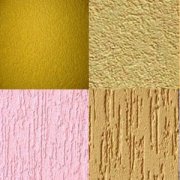Ceresit plaster: facade and decorative
One of the best materials with which building facades can be given an aesthetically attractive and finished look - Сeresit decorative plaster. It can be of different types, both in composition and in appearance of the surface being created, it is distinguished by excellent operational characteristics and has long earned the trust of professional builders. Therefore, it is worth telling more about it.
The content of the article
Types of facade plasters Ceresite
The plasters of this brand differ from each other in the type of finished texture and composition, namely, in the type of binder.
Structure
Ceresit facade plaster is available in the form of a dry building mixture, which is closed with water before application, and in finished form. The first include mainly cement-based mineral plasters, the second - silicate, acrylic, silicone (see Silicone plaster: material features), as well as their mixtures: silicate-silicone, polymer-cement, etc.
So:
- Mineral compositions CT 35 (grain size 2.5 and 3.5 mm) and CT 137 (grain size 1.0 and 2.5 mm) produced in two versions: pure white and gray for painting, which allows you to give the surface any desired shade. They can be used both for indoor and outdoor use.
Note. If the work will be carried out in the cold season at an air temperature of about 0 degrees, you need Ceresit facade plaster marked “Winter” with special frost-resistant additives.
- Among acrylic plasters the most popular are compositions with grooved and grainy texture ST 60, ST 63, ST 64, as well as mosaic plaster ST 77 with multi-colored marble chips, creating a mosaic surface.
- Compositions of ST 74 Kameshkovaya (grain size 1.5 / 2.5 mm) and ST 75 Bark beetle (grain size 2.0 mm) are made on the basis of silicone.
- Silicate-silicone decorative plaster Seresit ST 174 and CT 175 have similar external parameters.
For reference. All finished compositions based on polymers can be tinted in bulk using special pigments, which allows to achieve the desired surface color.
- Decorative plaster Seresit ST 36 refers to polymer-mineral compositions. It makes it possible to obtain invoices of any kind and is painted after application and drying.
Main characteristics
All the materials described have high strength, resistance to cracking and weathering. Silicate and mineral in this case are characterized by high vapor permeability, resistance to mold formation, and silicone are very resistant to pollution.
In the table for comparison, some characteristics are given. This is a kind of instruction for choosing the right composition.
So:
| Type of plaster | Durability | Mildew resistant | Resistance to pollution | UV resistant | Vapor permeability | Hydrophobicity |
| Mineral | high | average | low | high | high | Low |
| Acrylic | average | average | average | low | low | high |
| Silicone | high | average | high | high | average | high |
| Silicate Silicone | average | average | average | average | average | high |
Regardless of the composition, all decorative plasters of the Ceresit brand are very convenient to use: they are plastic, easy to apply and even with your own hands.
Created Invoices
The structural composition of the plaster, the number and size of the filler grains included in it, as well as the leveling method, affect the appearance of the finished surface of the finished wall. it can turn out furrowed or evenly rough, pebble.
What are the differences:
- Furrowed texture “Bark beetle” and “Lamb” (cm. Plaster front Lamb - a practical "clothing" for your home) is obtained when Ceresit decorative plaster contains single large grains of filler. Almost immediately after applying the solution, a fresh layer of plaster is wiped with a trowel, under the pressure of which these grains rotate and roll, leaving behind the grooves. Movements with a grater can be made in horizontal, vertical, diagonal, crossing, circular or chaotic directions, thereby creating the desired "pattern" on the surface. Its relief and severity will depend on the size of the grain.
- Texture “Fur coat” and “Mosaic” created using compositions with a high filler content, the grains of which have an unequal fraction. It is more uniform, as the stones are stacked close to each other. The appearance of the finished surface will depend on the size of the grains, their shape and color. For example, mosaic plaster consists of ground marble, quartz, granite and other non-ferrous minerals in a polymer binder.
If you are interested in price, then mineral compounds will cost less than other types. But to give decorativeness and increase resistance to external influences, the walls finished by them need to be painted. And these are additional costs for work and paints and varnishes.
Conclusion
If you find it difficult to choose the type of plaster, watch the video in this article. Perhaps the information contained in it will help you determine both the composition and what texture you want to see on the walls of your house.
